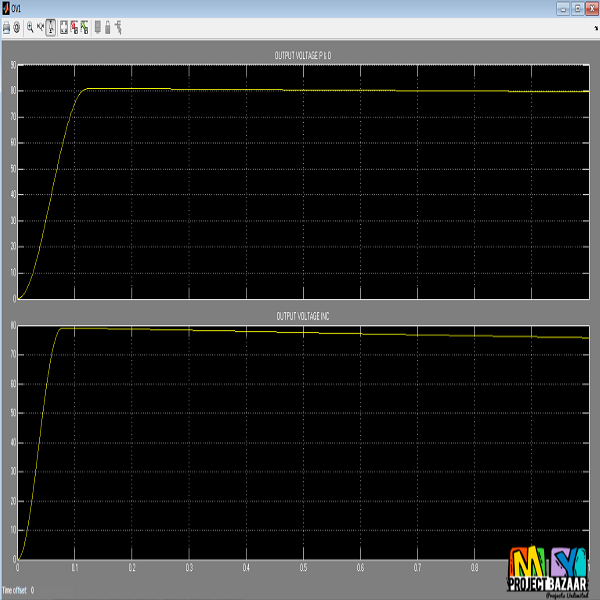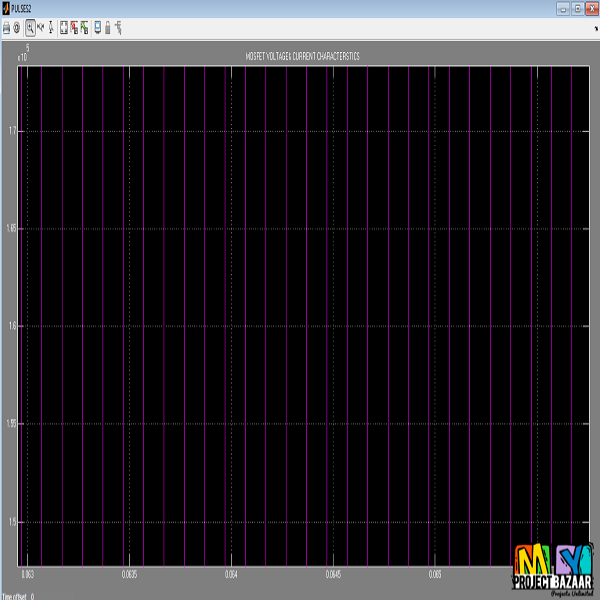
Comparision of ‘Perturb & Observe’ and ‘Incremental Conductance’, Maximum Power Point Tracking algorithms on real environmental conditions
Product Description
Comparision of ‘Perturb & Observe’ and ‘Incremental Conductance’, Maximum Power Point Tracking algorithms on real environmental conditions
Abstract— The trend and need of shifting towards renewable energy sources for electricity gen eration, has attracted researchers towards photovoltaic (PV) systems for last few decades. Since PV generator has nonlinear behavior, and its output power is a function of solar irradiance and ambient temperature, therefore need of developing maximum power point tracking (MPPT) techniques remains the interest. Among various MPPT techniques, Perturb & Observe (P&O) and Incremental-Conductance (IC) are dominant. This paper describes these two algorithms and compares them in terms of their computational complexity and oscillations near maximum power point (MPP) using MATLAB® & Simulink®. Also testing conditions are based on the real environmental data collected at NED University, Karachi. Increase in energy demand is obvious, with the growth in world’s population. It is expected that world primary energy demand will increase by 60% from 2002 to 2030, globally. The energy mix of Pakistan, which reflects a dominant portion contributed by thermal sources and fractional contribution of renewables i.e. wind power. PV is considered one of the most important resources of energy for future. By 2011, almost 30 GW of electricity had been produced by PV solar cell globally. Currently Pakistan lags the capability of harnessing solar energy, though it has a great potential of generating energy through it. In this regard, several projects are initiated that could utilize solar and other renewable energy resources available in Pakistan.
< final year projects >
Including Packages
Our Specialization
Support Service
Statistical Report

satisfied customers
3,589
Freelance projects
983
sales on Site
11,021
developers
175+Additional Information
| Domains | |
|---|---|
| Programming Language |

















